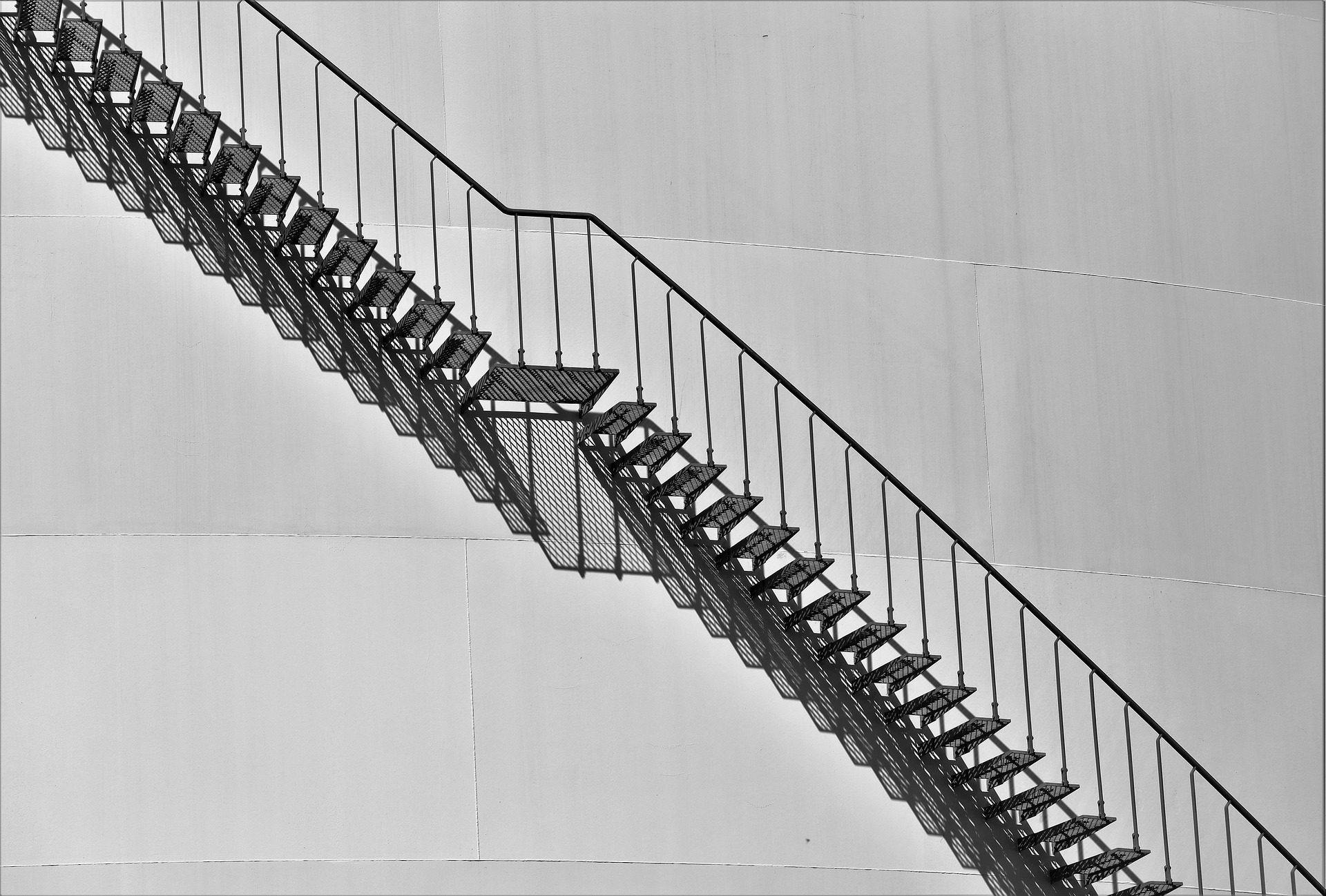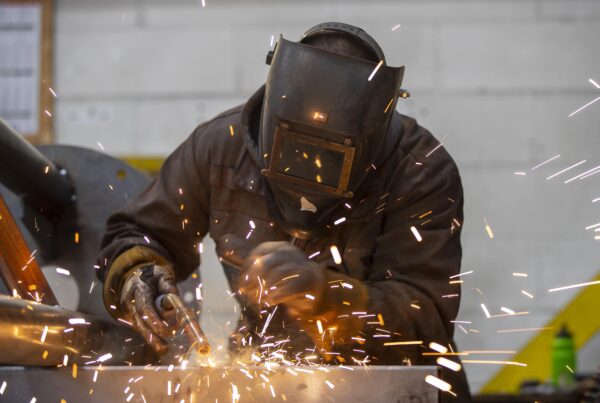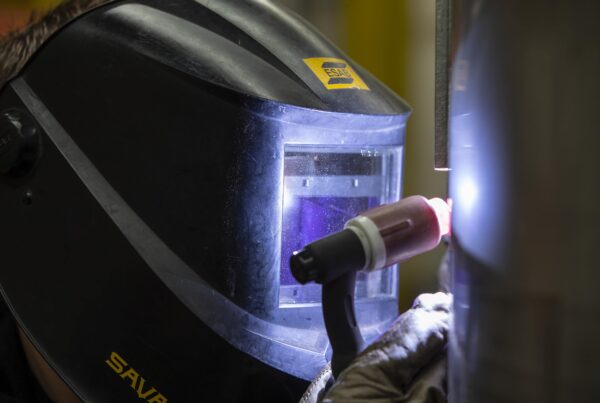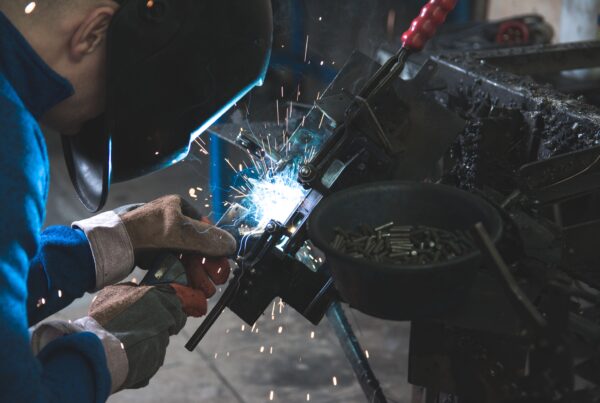walkereng.co.uk/structural-steelwork
When you drop it in water, wood floats, metal sinks. That appears to settle the question as to which is the heavier material, yet almost all modern ships are metal. The fact is that with the right design, metals such as steel, titanium, aluminium and magnesium easily outperform timber in their strength to weight ratio and in many other valuable respects.
They can span longer distances without sagging or twisting and without reinforcement or jointing. They can be bent, moulded, extruded and surface treated and, in most scenarios, are longer-lasting and require less maintenance. Beautiful as timber can be, it doesn’t have the flexibility to be sculpted into modern architectural forms, does not withstand fire, and is limited in size, span and the capacity to support its own weight.
Concrete occasionally appears cheaper but is notoriously bad for the environment – both in terms of CO2 and aesthetics – and comes with the additional costs of maintenance problems and eventual demolition and disposal. Once built, it is usually impractical to modify concrete structures and impossible to move them.
In contrast, metal structures are relatively easy to modify, repair, relocate and recycle. In fact, they can often be assembled in whole or in part offsite and then just dropped into place. That provides additional benefits indirectly, for example by making construction projects easier to schedule and site traffic easier to manage.
Whenever you need staircases, catwalks or fire escapes, steel should be at the top of your options. Here is a brief summary of the advantages.
Creative solutions
If you’ve been fortunate enough to visit an 18th or 19th-century sailing ship or seen ornate pagodas and antique bridges in Japan or China, you’ll appreciate the beautiful design potential of wood. You’ll also have noticed they are small and (less apparent) took years to bend, lift and lock into shape. The Egyptians were pretty deft with stone too, but few are building pyramids these days. No material frees the creativity of architects better than structural steel
Metals are more malleable than stone or wood, and stronger than plastic or fibreglass. They can be given a range of surface treatments to enhance their qualities, improve their beauty or prepare the surface for additional treatments, coatings or laminates. They can span wide open spaces with one piece solutions that are impossible in any other material.
Minimum maintenance
Provided that you have chosen the right metal and surface treatment, metal structures require little maintenance, even in quite testing environments (such as brine). Cleaning is also easy and can be achieved to high levels of hygiene when necessary.
Safety
A high strength low maintenance material is hard to beat for structural safety. In addition, metal surfaces can be designed to be non-slip, something that is much more difficult to achieve on a timber or stone surface. They drain easily and dry quickly.
Endurance
Concrete cracks and crumbles, wood bows, rots and suffers insect attack. Even stone weathers and erodes under heavy footfall. Although some metals corrode, the rate is a function of the chosen metal, treatment and maintenance schedule you opt for, so can be calculated and controlled. If you still have doubts about the longevity of metal consider the following; Ditherington Flax Mill in Shrewsbury is an iron framed building built in 1797, the cast iron Pontcysyllte Aqueduct (Telford’s Bridge) near Llangollen was completed in 1805, the Brighton Pavilion (1820s) is partly iron and the Eiffel Tower (1889) wholly iron. The solid iron Ashoka Pillar in Delhi may date from 912 BC and is still rust-free.











Recent Comments